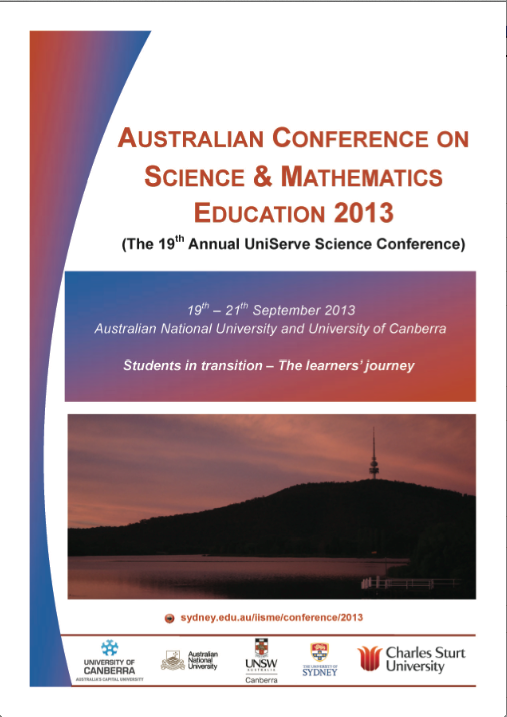Combining STEM and LOTE education: the SI Cube
Abstract
The use of metric and SI units is an integral part of the mathematics and science curricula. Too often, students rote-learn lists of units, names, prefixes, and conversion factors. This memorisation is contrary to models of learning, in which the learning activity should be customised to the way that individual students learn most effectively, or at least, learn more effectively. The use of physical objects, which can be manipulated, helps students to relate to the concepts being learned by being able to visualise a concrete example of the concept as well as engaging the tactile sense (Dunn & Dunn, 1993; Dunn & Griggs, 2000; Gardner, 1993; Kolb, 1984; Markova & Powell, 1992; McInerney & McInerney, 1998). A 10 cm × 10 cm × 10 cm “SI Cube”, which helps students learn SI units, has previously been developed (Lim, 2011). Students can physically handle and manipulate the SI Cube, which also helps them to have a better appreciation of volume. A LOTE (language other than English) version of the SI cube is presented. This has been used to teach Japanese in a science and mathematics context to primary and secondary school students.Downloads
Published
2013-09-23
Issue
Section
Abstracts
